Sony Announces Xperia 5 II: 120Hz Full-Fledged Small Phone
by Andrei Frumusanu on September 17, 2020 3:00 AM EST- Posted in
- Mobile
- Sony
- Smartphones
- Xperia 5 II
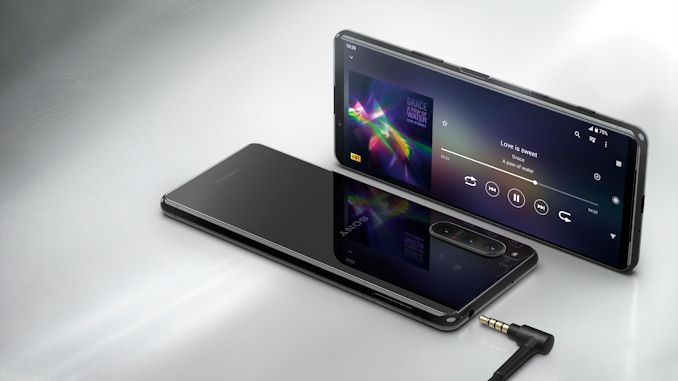
Today Sony is following up on one of its newer form-factors that the company had introduced last year with the Xperia 5. The new Xperia 5 II (read as mark two), follows up on the smaller flagship sibling device, retaining its form-factor, but also substantially improving its design as well as maintaining an almost complete feature-parity with the bigger Xperia 1 II.
The new phone also sets out to differentiate itself from other Sony offerings: the company seemingly has focused on the more gaming-centric usability of the device even though externally it does not have the flair of a gaming phone. With a new internal heat dissipation system and a 120Hz refresh rate OLED and 240Hz sample rate touch input, the Xperia 5 II punches above its weight when it comes to fluidity.
Sony has achieved this all whilst retaining the form-factor and weight of the Xperia 5 – even cramming in a new 4000mAh battery just by virtue of improved internal engineering. This is Sony’s seemingly most competitive package in years, let’s go over the details:
| Sony Xperia Series | |||||
| Sony Xperia 1 II |
Sony Xperia 5 II (NEW) |
||||
| SoC | Qualcomm Snapdragon 865 1x Cortex-A77 @ 2.84GHz 3x Cortex-A77 @ 2.42GHz 4x Cortex-A55 @ 1.80GHz Adreno 650 @ 587MHz |
||||
| DRAM | 8GB | ||||
| Display | 6.5" OLED 3840 x 1644 (21:9) |
6.1" OLED 2520 x 1080 (21:9) 120Hz Refresh w/ 240Hz Touch |
|||
| Size | Height | 166 mm | 158 mm | ||
| Width | 72 mm | 68 mm | |||
| Depth | 7.9 mm | 8.0 mm | |||
| Weight | 181 grams | 163 grams | |||
| Battery Capacity | 4000mAh 18W USB-PD Adaptive Charging |
||||
| Wireless Charging | Yes | - | |||
| Rear Cameras | |||||
| Main | 12MP 1.8µm Dual Pixel PDAF 1/1.7" sensor 24mm / f/1.7 with OIS |
||||
| Telephoto | 12MP 1.0µm PDAF 1/3.4" sensor 70mm / / 3x zoom f/2.4 with OIS |
||||
| Wide | 12MP 1.4µm Dual Pixel PDAF 1/2.6" sensor 16mm / 130° f/2.2 |
||||
| Extra | 3D Time-of-Flight (ToF) | - | |||
| Front Camera | 8MP 1.12µm f/2.0 |
8MP 1.12µm f/2.0 |
|||
| Storage | 256GB +microSD |
128 / 256GB +microSD |
|||
| I/O | USB-C 3.5mm headphone jack |
||||
| Cellular | - | - | |||
| Wireless (local) | |||||
| IP Rating | IP65 & IP68 | ||||
| Other Features | Dual Speakers | ||||
| Dual-SIM | 1x nanoSIM + microSD or 2x nanoSIM |
||||
| Launch Price | $1099 / £ / 1199€ | $949 / £799 / €899 | |||
At the core of the phone we find a Snapdragon 865 SoC which allows the device to have excellent performance. Although the SoC is quite conservative in terms of its power draw, the Xperia 1 II did have some very slight throttling under sustained workloads such as gaming. In order to alleviate this, Sony has developed an improved thermal dissipation system inside the phone, mostly thanks to a new large graphite pad that is able to transfer heat from the SoC to the larger footprint of the screen panel. This should help the device achieve almost indefinite sustained performance under normal circumstances.
Memory wise we still see a reasonable 8GB of DRAM and storage capacities at 128 and 256GB, extendable with microSD cards.
In terms of design, the Xperia 5 II takes queues from the Xperia 1 II as it features and almost identical front and back design. On the front, this means that there’s still two top and bottom bezels instead of more modern notches or hole-punch cameras, however this comes at the benefit of having two surprisingly good and what Sony claims to be much better balanced stereo front speakers than what we see in other competitor smartphones.
One change in the ergonomics of the phone is the fact that the Xperia 5 II comes with a rounded side-frame design rather the more rectangular and boxy design of that of the 1 II – in this sense the phone seems to be more similar to the Xperia 1, and frankly that’s a positive as I think that gives a much better in-hand feel and ergonomics than the 1 II.
This is still a rather small phone by today’s standards (And today’s standards are big phones!). At 68mm width it’s narrower than the smallest Galaxy S20, and still only weighs a reasonable 163 grams. Sony has been able to increase the battery capacity from the original Xperia 5 from 3110mAh to a new 4000mAh unit at the same time through reengineering the internals of the phone and reorienting the motherboard and using a multi-stack design. The battery compartment also uses a wider footprint inside the phone and maximises the space used in the frame.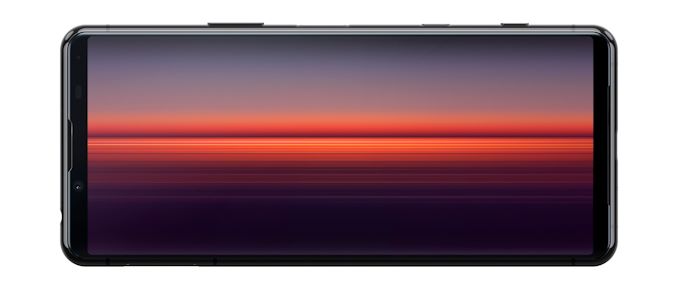
The display of the Xperia 5 II is totally new for Sony. It’s a 2540 x 1080 resolution OLED screen, but this time around it introduces a 120Hz refresh rate, and even features a 240Hz touch input sample rate. That’s a big jump from not only the Xperia 5, but also this year’s Xperia 1 II. I’ve never been a fan of Sony’s choice to chase after 4K displays in their Xperia 1 line-up as frankly it’s complete overkill at comes at a great cost to battery life. A 120Hz refresh rate at FHD+ such as on the Xperia 5 II is a much better choice for the user experience, and the resolution loss shouldn’t be that bad on this 6.1” display as it’s quite smaller than the norm today so PPI is still reasonably high.
The rear camera design is extremely similar to that of the Xperia 1 II. In fact, it’s essentially an identical camera setup in terms of the modules:
A main 24mm equivalent module with a 12MP 1/1.76” sensor with 1.8µm pixels and an f/1.7 optics system with OIS serves as an excellent primary camera. This is augmented by a 70mm equivalent 3x optical zoom 12MP 1.0µm f/2.4 module with OIS acting as the telephoto camera, and also a 16mm equivalent 12MP 1.4µm f/2.2 module as the ultra-wide angle unit.
The one thing missing from the Xperia 5 II that’s present on its bigger sibling is the time-of-flight depth sensor – not that big of a loss for photography.
Sony’s camera experience has never been that of hardware, but rather their approach to software processing. The company has a more hands-off approach to pictures, more like their digital camera or mirrorless systems – which isn’t always successful in the smartphone space as you do need more computational photography to counteract the negatives of having a smaller camera sensor on a phone. In that regard while the Xperia 5 II looks great on paper, don’t expect an as great daily experience as on an iPhone or Galaxy.
The phone is only 8.0mm thick, which is still extremely usable given its narrow width.
Sony this year brought back the 3.5mm headphone jack, and in the Xperia 5 II they even claim to have improved audio quality by improving cross-talk and the audio signal path. It’s great to see companies admit that removing this port was a mistake and revert their past choices – it really now gives the Xperia 5 II quite a differentiating advantage over the competition as almost nobody else features this capability.
With IP68 water resistance, it looks like the Xperia 5 II is ticking almost every single feature check-box of what you’d want in a phone in 2020, which is highly unusual, and extremely unexpected from Sony.
As an overall package, the phone looks incredibly competitive, and I haven’t been able to say that of a Sony phone in ages, if ever.
The real only caveat of the device is its pricing: at $949 or €899, it’s still a bit pricy compared to other flagships in 2020, especially this late into the generational cycle. In Europe, the Xperia 5 II will be available in October, while the US again gets it quite late with availability only starting December 4th – which is extremely late and at that point you’d be better off waiting for the 2021 spring refreshes from the competition.
Still, it’s been a long time I’ve been excited for a Sony phone in this way, and it’s a definite positive for the company’s new path in the mobile space.


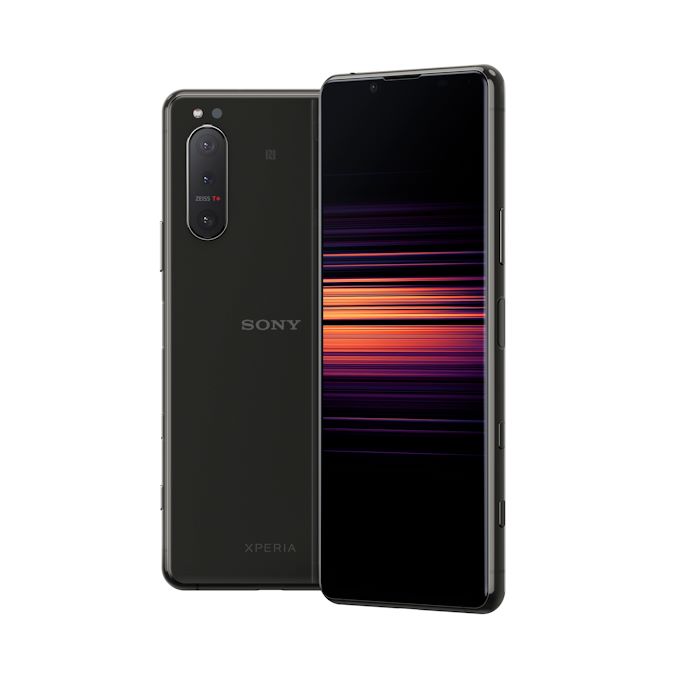
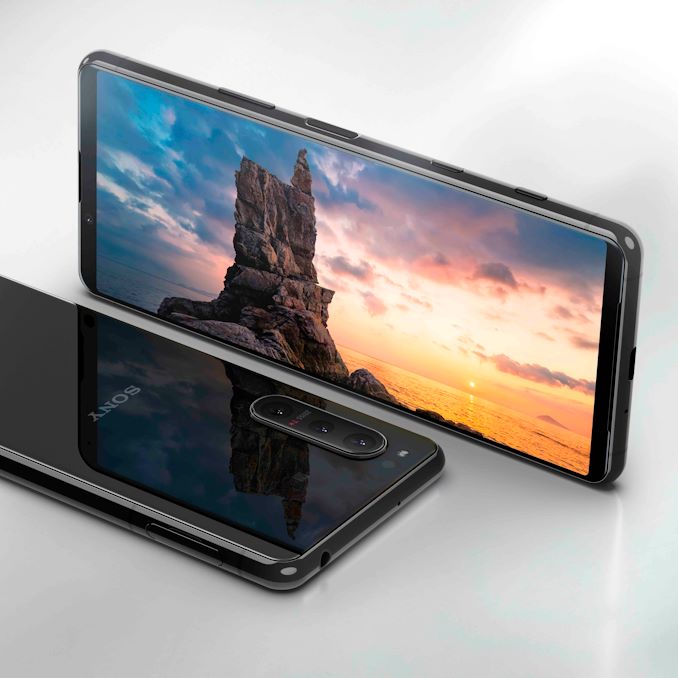
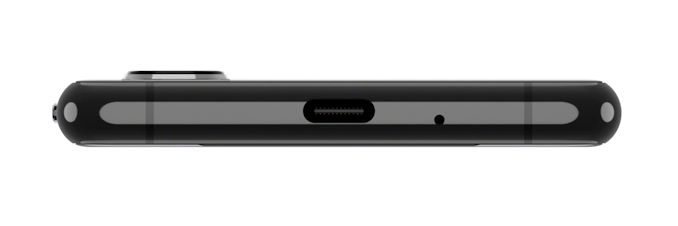
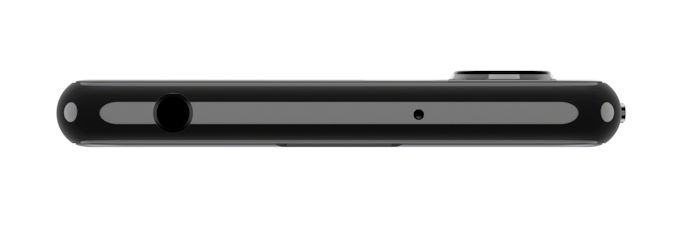








137 Comments
View All Comments
PeachNCream - Thursday, September 17, 2020 - link
It wasn't too long ago that people were making comments like this about the first Galaxy Note with it's 5.3 inch screen:"The Galaxy Note received positive reviews, but with critics divided on user acceptance of its polarizing form factor; Pocket-lint remarked that the device was "positively gargantuan" in comparison to an iPhone 4S and that users would look "like a fool" if they held it to their face to take a call."
source: https://en.wikipedia.org/wiki/Samsung_Galaxy_Note_...
And now here we are with the remark that a 6+ inch screen is small by the tech industry's journalistic end. Memories are certainly short when product life cycles are annual. On a personal note, I still contend that we humans look positively absurd with our big, silly bricks covered in screens and cameras that we spend so much time fussing over and pay so much of our incomes to irrationally keep up with each other's purchases.
Andrei Frumusanu - Friday, September 18, 2020 - link
You're comparing a 82.9mm wide phone to a 68mm wide phone.People not understanding display aspect ratios and just ranging in the comments section when they see the screen diagonal is getting old.
PeachNCream - Friday, September 18, 2020 - link
All of us have been dealing with industry standard diagonal measurements for years and instead of referring to the screen area or height and width measurements, which are cumbersome to type out in a comment, we are using the same standard you yourself also use in the article. The problem you're upset about is not at all diagonal measurement. You're only using that as a funnel for aggression in order to respond to feedback that you do not like. Grow as a person. Consider the feedback with a higher level of poise and self-control and think about how it may help you improve as a journalist in the future rather than surrendering to simple human aggressiveness and lashing out. In our own snarky way, we readers would love to help you do better work and deliver higher quality output as it benefits us just as much as it helps you.Andrei Frumusanu - Friday, September 18, 2020 - link
Screen diagonal has not been used as a standard measurement of form-factor ever since the S8 first debuted and we've moved on from 16:9 screens, this was well over 3 years ago. 18:9, 19:9, 19.5:9 and now even 21:9 is what is being released.I specifically ignored the screen diagonal and focused on the 68mm width of the phone because that's actually the determining factor when holding a phone one-handed.
I am not going to tolerate attacks on journalistic coverage quality just because you cannot wrap your head around Pythagorean theorem and the fact that there hasn't been a 16:9 device in years.
If it's too cumbersome (as you say) to adapt from one metric to the other then please just avoid making pointless comparisons such as the above one, it benefits no one.
PeachNCream - Friday, September 18, 2020 - link
I find it hard to believe that you do not thing screen diagonal measurements have been used as a standard across the industry. Here is an Anandtech article from 2004 that uses diagonal measurements rather casually to describe screen size:https://www.anandtech.com/show/1370/6
Your response is confusing to say the least. I've supported my reasoning with information available to anyone and now further support it with data from your own employer as far back as 16 years ago. Other readers have offered similar feedback in the comments section so my opinion is certainly not unique among those that looked over your article.
Andrei Frumusanu - Friday, September 18, 2020 - link
I've literally explained that with the recent shift from a standard screen aspect ratio to elongated form-factors that screen diagonal is not a valid metric for smartphones.I don't know what you are trying to achieve by quoting a 2004 article before smartphones are even a thing.
Please use common sense instead of doubling down on a single figure when it it's no longer a valid way to compare things.
Here is a visual representation of the Galaxy Note versus the Xperia 5 II:
https://www.phonearena.com/phones/size/Samsung-GAL...
Please do tell me again that a 5.3" device is smaller than a 6.1" in your book, and that indeed is the metric we should be going by when comparing device form-factors, even though they're blatantly very different aspect-ratios.
PeachNCream - Friday, September 18, 2020 - link
You claimed that diagonal screen measurements have not been in standard usage since the release of the S8 three years ago. I assert that diagonal screen measurements have been and continue to be used to articulate screen size almost universally including over the course of the last three years for various Samsung branded devices that have been sold since the S8. Here are links from Samsung's website where you can see for yourself that the company represents screen measurements diagonally:https://www.samsung.com/us/mobile/phones/galaxy-s/...
https://www.samsung.com/us/smartphones/galaxy-note...
Apple does the same. LG does so. Huawei lists diagonal measurement and so forth. Various websites that list phone specifications and that review phones list diagonal measurements including Anandtech in reviews of said post-S8 model devices. Many of those reviews are your work.
If that measurement is invalid, why is everyone including you still using it? Why did it not become invalid when screens shifted from 4:3 to 16:9? It persists to this day over decades of information technology history and it most assuredly will survive further aspect ratio changes. You and I both know that is the case so what does it accomplish to contend it isn't relevant at this moment and in this article? I think we also both know the answer to that question and need not lash one another about it here especially given the abundance of pressure all of us face simply by the fact that we are alive in 2020.
Take or leave the thoughts a few of your readers here are echoing and interpret those thoughts however you wish. Perhaps think it over a bit more or even feel free to ignore us if the snarky way most of us toss out suggestions might bother you. We are unlikely to take offense at it and I assure you I do not begrudge anything in this particular exchange or any other we may have along your path as a tech journalist. I wish you all the best professionally and I expect you'll run into me in some other article in the future where we web denizens will most certainly be our usual rowdy selves.
Andrei Frumusanu - Friday, September 18, 2020 - link
> "You claimed that diagonal screen measurements have not been in standard usage"Not only are you completely missing the point, you're just outright lying now. Let me quote myself again, from the comment above:
> "Screen diagonal has not been used as a standard measurement of form-factor "
I do not know how more clear I can be here. A screen diagonal does not determine the phone's size nor its usability. A 5.3" 16:9 device is not even remotely smaller than a 6.1" 21:9 device.
We use our phones the majority of the times in portrait, and the way we grip it with our hands basically is determined by the width of the device. The Xperia 5 II's 68mm is smaller than almost any other available device on the market, making it a small phone. Any discussion beyond this is futile.
PeachNCream - Friday, September 18, 2020 - link
I continue to wish you the best even if you do accuse me of lying over something as trivial as whether or not screens are still measured diagonally and I look forward to your future articles along with further growth in your career.Hrel - Saturday, October 10, 2020 - link
The industry has failed though. Just because they provide no small phones at all doesn't make this a small phone. Small phones don't exist, the industry has utterly failed to provide them. In fact, the phone industry doens't make phones at all. THey make phablets and tablets. There are no devices connected to cellular networks in America that are small enough to legally quality as "phones". They don't exist at all.60mm wide, get on it LG!